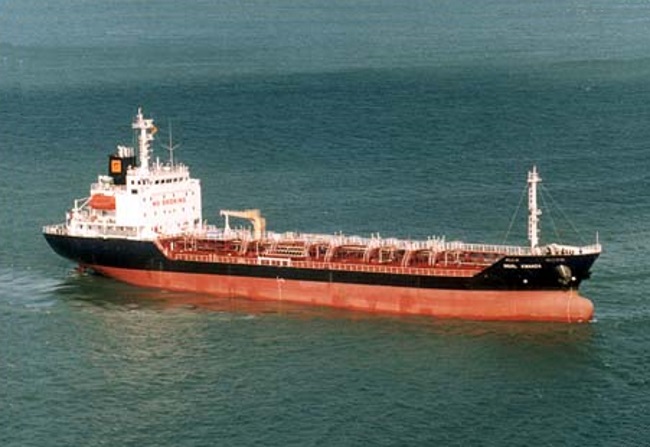Shipping companies are facing an added concern with the increasing demand for electric vehicles. Fires onboard vessels can have catastrophic consequences, and battery fires are extra potent and dangerous. Li-ion batteries generate extreme heat when they malfunction, often reaching temperatures of 800 degrees Celsius or higher. This heat can quickly spread to nearby combustible materials, causing a rapid fire that’s challenging to extinguish.
What causes battery fires?
There are several causes of battery fires, including internal short circuits, external impacts and dendrites to mention some. These malfunctions often occur during charging or following a charging cycle and can be exacerbated by faulty or defective battery cells. While the failure rate of lithium-ion batteries is relatively low, the increasing use of uncertified batteries and devices is raising concerns about the potential risks. “Keep in mind, all batteries have to undergo a comprehensive stress test before mounted into a vehicle,” says Kim Helge Brynjulfsen, senior manager biofouling, cargo and stability who does not see self-starting fires related to battery failures during transportation as a major concern as there are no charging taking place during voyages.
Onboard roro vessels, where thousands of cars are stowed close together, the consequences of a battery fire can be particularly dangerous. In 2022, the Felicity Ace vessel caught fire, capsized and sank with 4,000 cars on board. While it is unclear whether the fire started in an electric vehicle, the incident highlights the potential dangers of battery fires onboard vessels.
“Controlling li-ion battery fires are almost impossible, once the fire catches on to nearby vehicles their frames melt and the work to extinguish is extremely challenging,” says Henrik Meyer, senior quality manager, ports, terminals & stevedoring at Wallenius Wilhelmsen.
Battery fires onboard vessels are an added concern for shipping companies as the use of electric vehicles continues to increase. “While there are regulations and best practices in place to mitigate the risks, the unpredictability of battery malfunctions and the potential for catastrophic consequences underscore the need for continued vigilance and innovation in handling these vehicles on board vessels,” says Henrik Meyer, senior quality manager, ports, terminals & stevedoring at Wallenius Wilhelmsen.
Mitigating risk
To mitigate these risks of fire, logistics and shipping companies like Wallenius Wilhelmsen have implemented strict regulations and best practices for handling electric vehicles. They regulate the state of charge (SOC) of all batteries, and only accept vehicles with a desired state of charge of 50 percent or lower, preferably below 30 percent. Additionally, Wallenius Wilhelmsen uses CO2 fire suppression systems to suppress air and oxygen in case of a fire, as using too much water for cooling can cause stability issues on the vessel.
There is a growing call for industry best practices and standards for alternatively fueled vehicles and electric vehicles, particularly for deep-sea voyages. The International Maritime Organisation has established a special task force to address these challenges and is expected to focus on safety and handling of electric vehicles in particular.
Source: Hellenic Shipping News





